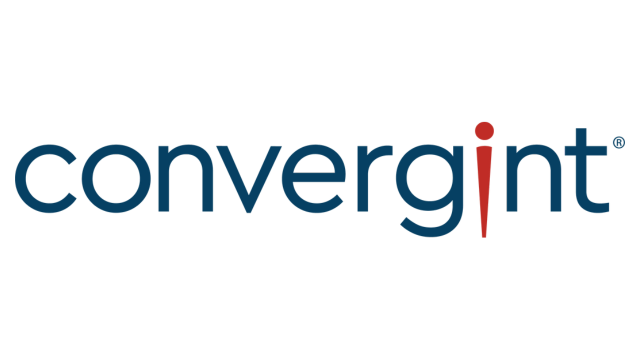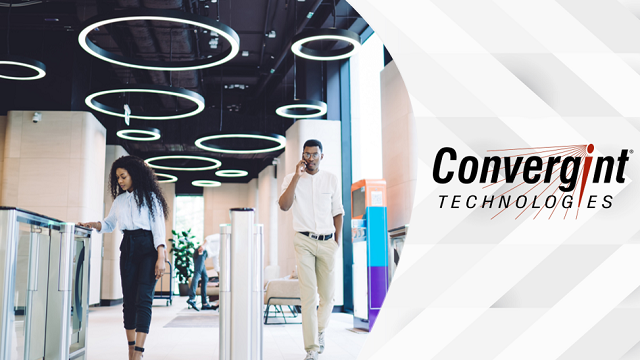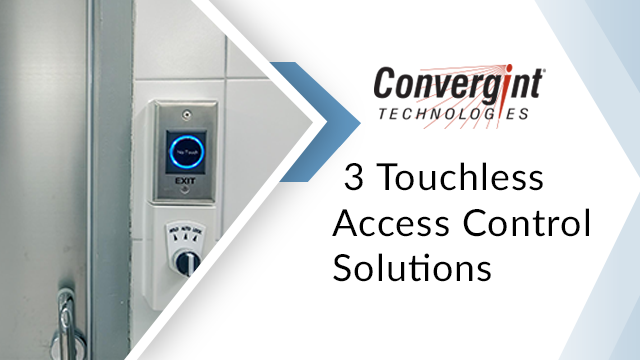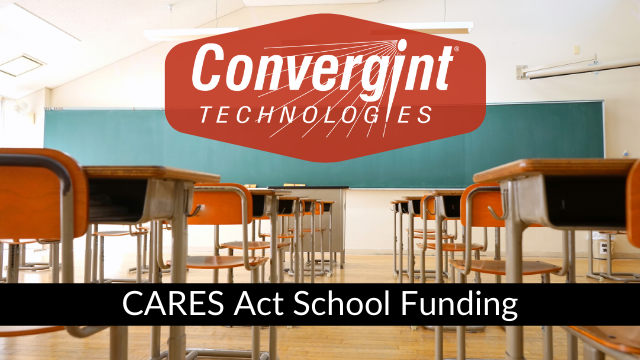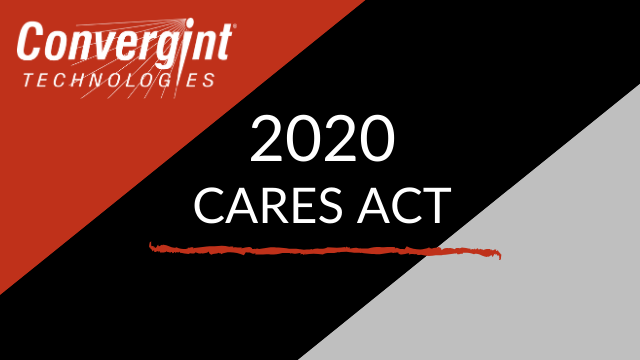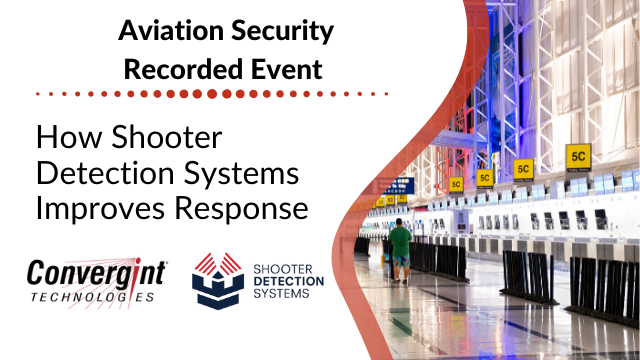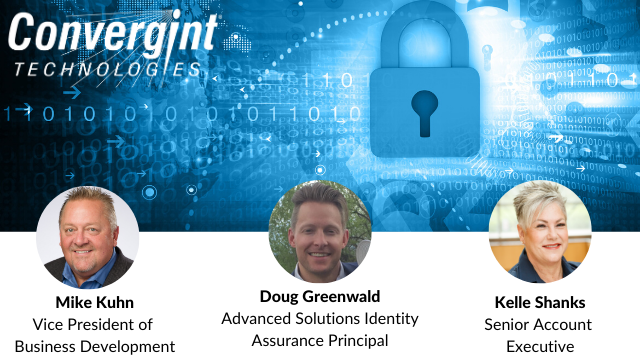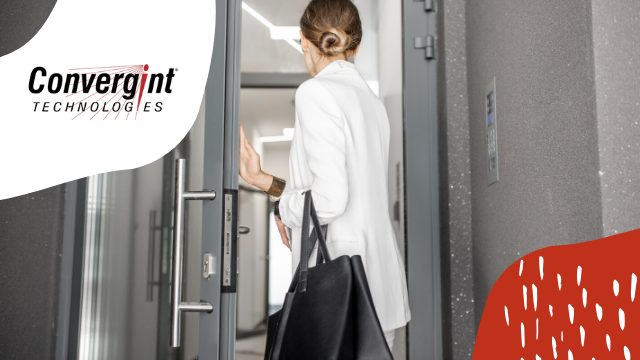It is clear the COVID-19 global health crisis will forever change our global workforce, both in terms of the way we manage brick and mortar locations as well as human capital. One of the most complex normalizations of our lifetime will be labor forces returning to non-remote work once the peak of the pandemic has passed. Since the beginning of this crisis, organizations have shifted their philosophy on security to become more than a means to prevent criminal activity, but as an important tool to flatten the pandemic curve. The next step will be using security technology to manage the transition back to working in group spaces. The technology currently installed in many organizations’ facilities can help with this upcoming phase.
Initial Considerations
COVID-19 will undoubtedly change how facilities are run in the future, and the new normal will start with that return-to-work process. Return-to-work procedures will be different for different types of sites and employees. Existing systems, as well as system enhancements, can be leveraged with some reprogramming to meet return-to-work requirements. There are four major elements to consider for managing a smooth transition, listed here in this roadmap.
THE ROADMAP FOR RETURN TO WORK: 4 STEPS
Create a holistic strategy by considering these four areas and making an action plan for each of them:
[layerslider id=”11″ /]
1. Identify and classify resources to be protected.
The first step in preparing for the transition of returning to shared spaces is organizing resources. A team needs to be created that will lead this effort, and that team will need to identify the people, facilities, and property that need to be protected.
Facilities
Certain sites are going to be more complex than others. Here are the major categories of facilities that will need to be approached with their own specific needs in mind during this process.
NON-RESIDENTIAL CONTAINED OFFICE BUILDINGS
These locations are easier to control access, particularly those whose who are occupied during conventional office hours. Since these locations often have a primary entry point with multiple others, overall screening of the returning workforce will have some challenges, and access control strategies will have mild to moderate changes needed.
NON-RESIDENTIAL CAMPUS OR MULTI-OFFICE BUILDINGS
Customers with campuses or office parks will experience enhanced challenges controlling perimeter security and general access, particularly those with no fencing. Some facilities will have further difficulty vetting incoming traffic if there are multi-lane entrances, or unguarded (by person or technology) entrances with free location access. Universities and office parks will fall into this category. These kind of sites will need to distribute campus-wide or park-wide mandates to their communities calling for essential personnel in the beginning, and then later expand the number of occupants as allowed by local guidelines.
HIGH-DENSITY RESIDENTIAL BUILDINGS
Specifically, most universities have residential living areas that have vacated their premises with few exceptions. Anecdotally, retirement homes and hospitals will never displace their residents unless of a large-scale disaster permits the continued use of the facility. Because of the residential person-type, these operations will have the most challenging to control access and will have 24-hour operations. Critical facilities that fall in this category will need added measures to screen both visitors and employees entering the facility. Visitor Management Systems will become a key in tracking who has visited and when gathering important data in the event someone needs to be contacted after the visit based on exposure.
People
Essential personnel may have changed and evolved over the course of the last few weeks. Classifying employees will help with the transition of trickling individuals back into work.
Create a Return-to-Work Committee
Organizations need to create a return-to-work committee dedicated to managing this transition. As part of the team assembled, all stakeholders must be represented.
2. Institute processes for protecting your people & your business.
The upcoming transition will require interim policies and procedures in order to adapt to each organization’s particular challenges through this time. These policies will need to be responsive to the dynamic situation and communicated out as the situation evolves.
Compliance Guidelines to Consider
What to Include in the Plan
3. Leverage existing systems for the new normal.
There are a number of technology solutions that can be leveraged to manage this transition as smoothly as possible. They can provide both valuable insight and automate processes in a way to maximize efficiency and safety during this time.
Managing Your Systems
Existing systems can be leveraged in new ways to adapt to the dynamic environment. They must also be re-evaluated and re-progammed in order to ensure transitional policies and procedures are being instituted.
4. Explore advanced solutions for novel challenges.
There are many different technology solutions that can be leveraged as a way to navigate not only the transition to working in shared spaces once again, but also to streamline business operations in what will become “the new normal” environment.
